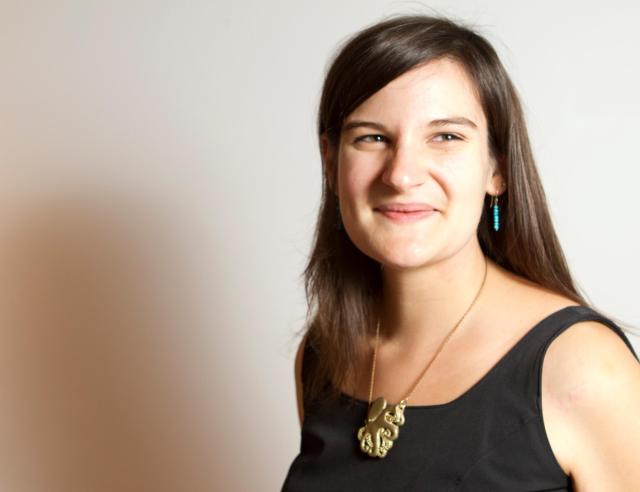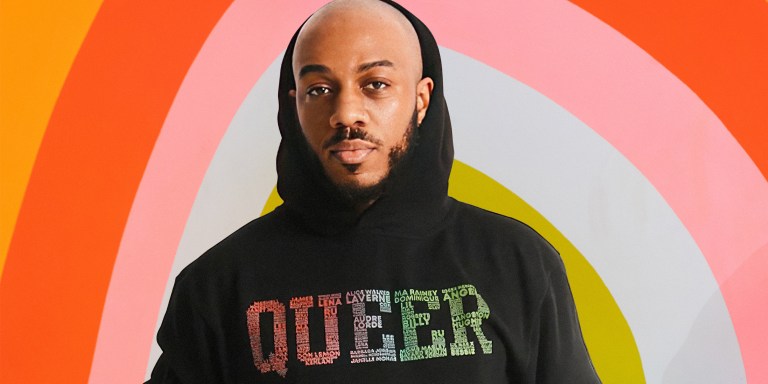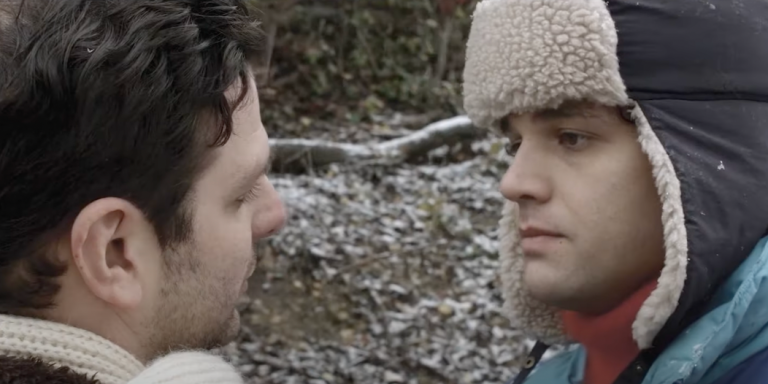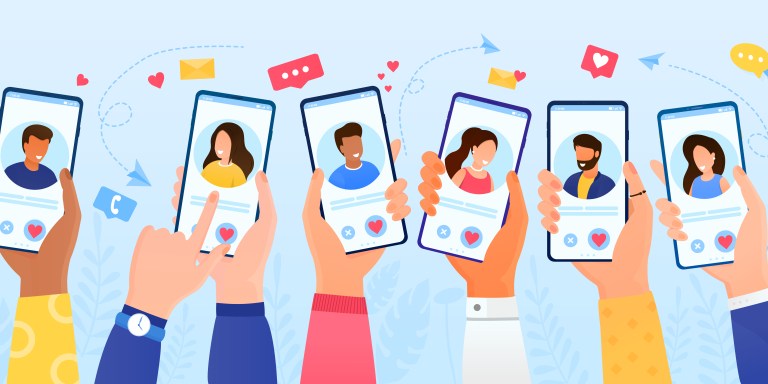Man, the world can be a depressing place, right? You don’t need me to launch into reasons why. If you’re even sort of dialed into social justice, you know the feelings that come with this: isolation, hopelessness, and exhaustion, just to name a few.
This sense of heaviness, the sense of what can I (e.g. small person) do (e.g. in this big big world), is what led me to really start appreciating and learning about the importance of every day actions that lead to everyday activism. I’m not just taking about sending positive vibes into the universe and hoping for the best (although I don’t think that hurts); what I’m talking about is something more action-orientated and more community based.
Bystander intervention. Have you heard about this thing? I bet you have, and I bet you’ve done it without thinking.
Simply put, bystander intervention is the opposite of passivity. It is the rejection of idly standing by while someone, either you know or do not know, is getting hurt, or could possibly be in danger.
Before I learned more about this, I always assumed that bystander intervention was some grand sweeping statement. It was the dude jumping in between to people to break up the fight. And while that is true — it CAN be that — it doesn’t have to be. There are a lot of ways to intervene. And thinking about those different ways help us to feel empowered and empower those in our communities.
I work in the field of sexual assault prevention, and there we talk about the different ways to intervene as the 4 D’s — direct, distract, delegate, and delay — thanks to the research from Victoria Banyard and Alan Berkowtiz and programs like M.V.P., Sex Signals, and Green Dot. This proves again that there isn’t just one strategy or way that is correct. It is all situationally dependent. Ask yourself: Is it safe for you to jump in? How so?
I won’t spend a lot of time writing about “Direct“: because it’s the most common one. It’s the one in the example above. It’s the kind where you step in, directly, to intervene.
“Distraction” is a fun way to intervene. Is there a creeper that won’t leave your friend alone? What if you distract said creeper by shouting, “Oh my god! Is that Prince William and the royal baby over there?” While creeper is looking in the opposite direction, grab your friend and boogie on out of that space.
“Delegate” is another great way to feel a part of a community working to do good. It’s like that CTA ad: See something sketchy? Say something. Talk to someone with presumably more social power than you about it. This can be a bouncer or a bartender — or could just be a crowd of friendly looking people to have on your side. You can talk about strategy together and thus figure out the best way to disrupt possible danger — together.
And finally, “Delay.” Delay is often not talked about, but I think it’s still a really important strategy — specifically for introverts and for folks that are traditionally marginalized (and thus it may not be safe for them to jump in or corral other folks).
Delay is where you check in with the victim of the incident after it has occurred to see if you can do anything to help them. Maybe you weren’t there when the incident happened, but you see someone looking really upset walking down the street. Simply saying “Hey, are you okay? Can I do anything?” again illustrates that they are not alone and that you care about those in your community. When someone is telling you a story about an injustice that happened to them, a simple “I’m so sorry that happened to you” can speak leaps and bounds about supporting each other’s struggles.
These four D’s of bystander intervention are just the beginning. Get creative. Start small and intentionally. Hear a racist joke? Shooting a frustrated look at the teller of the joke is better than laughing along. An audible sigh can stop the next joke from coming sometimes.
Bystander intervention inspires me because when I practice it, I know that others are, too. It helps me feel safe and warm when I think of all of the other people in the world looking out for one another. It’s an everyday action that directly contributes to social justice and healing. It’s the kind of world I want to live in. ![]()






